
 | ||||||||||
| Intro | Author | Subject | Volume | Volume/Title | NPS | |||||
|
Volume VII - Nos. 1 & 2 |
July-August, 1941 |
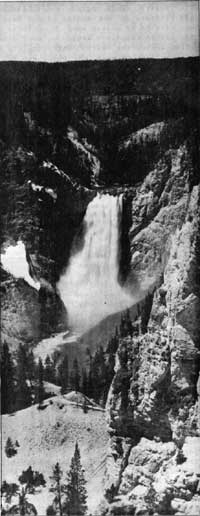
August 25th marked the 25th anniversary of the passage of the Act which established the National Park Service as a Bureau in the Department of the Interior. The enactment of this legislation was but one of the dramatic climaxes in the chronology of National Park milestones since the first land in the United States was set aside by Congress for the purposes of preservation and enjoyment by the American people. The following dates have been listed as significant in the history of the National Park movement: 1832 - Hot Springs Reservation, Arkansas, established by act of the Congress to assure protection of its thermal phenomena. (Attained national park status in 1921). 1870 - Washburn-Langford-Doane Expedition investigated the reports hitherto considered fables, of the Yellowstone region, finding all but a few of them to be true. 1870 - Famous campfire conference at junction of Firehole and Gibbon Rivers, by members of the Washburn-Langford-Doane Expedition. Here Cornelius Hedges, a lawyer from Montana, proposed his idea that instead of exploitation by individuals or privileged groups, the wonders of the region become the perpetual heritage of the American people. Birth of the national park ideal. (Web Edition Note: this story was later proven to be untrue.) 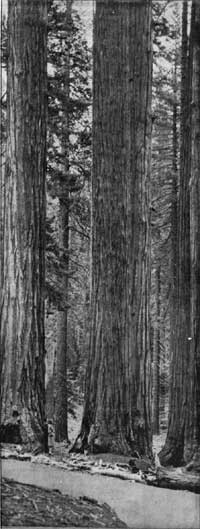
1872 - President Grant signed the act establishing Yellowstone National Park thereby setting a precedent for the socialized use of masterpieces of mature. 1890 - Next important recognition of the national park ideal with the establishment of three more areas, all in California -- Yosemite, Sequoia, and General Grant National Parks. 1890 - Chickamauga-Chattanooga National Military Park established as the first of such parks commemorating the great battles of the War between the States. Established under the War Department and transferred to National Park Service supervision in 1933. 1906 - Congress approved the "Antiquities Act." This legislation authorized the president of the United States to declare by public proclamation historic land marks, historic and prehistoric structures, and other objects of scientific interest that are situated upon the lands owned or controlled by the Government of the United States to be national monuments. 1906 - Mesa Verde National Park, Colorado, first archeological national park established to conserve the world's largest and best known cliff-dweller ruins. 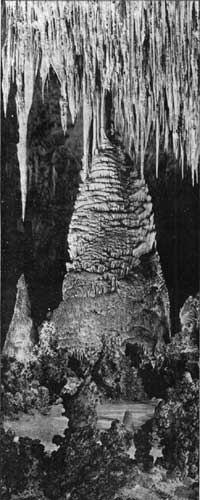
1906 - First national monument, Devils Tower, Wyoming, proclaimed as such by President Theodore Roosevelt. 1906-1915 - Period of growth for the national park ideal with a number of additional national parks and national monuments established. 1915 - The late Franklin K. Lane, then Secretary of the Interior, realizing the specialized nature of the national park administration and the need of an integrated system appointed Stephen T. Mather to take charge of those areas. 1916 - Passage by Congress of the organic act establishing the National Park Service as a bureau of the Department of the Interior. 1929 - Stephen T. Mather resigned because of ill health after having greatly advanced the national park ideal, and added by his influence and energy, and often through his private fortune, many new areas to the system. 1929 - Horace M. Albright, former Superintendent of Yellowstone National Park and assistant to Mr. Mather, succeeded him as director of the National Park Service. 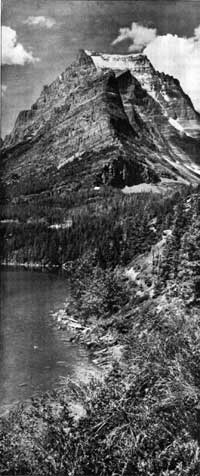
1933 - Horace M. Albright resigned the directorship of the National Park Service. 1933 - Executive Order of President Roosevelt consolidate all Federal park activities bringing them into the National Park System. 1933 - Arno B. Cammerer, formerly assistant director and associate director, appointed director of the National Park Service. 1933 - President Roosevelt's Executive Order of June 10, 1933 became effective, adding to the National Park System 65 historic areas previously administered as military parks, battlefield sites, national cemeteries, etc. Enormously augmented obligations and responsibilities were added at this period to the duties of the director and the scope of the National Park Service as thousands of the beneficiaries of new social legislation were given employment in national park areas, their labors being financed with emergency funds. 1933 - The Historic American Buildings Survey, initiated as a Civil Works Administration project was the first of its kind to be undertaken nationally. Material thus accumulated is filed in the Pictorial American Archives of the Library of Congress. 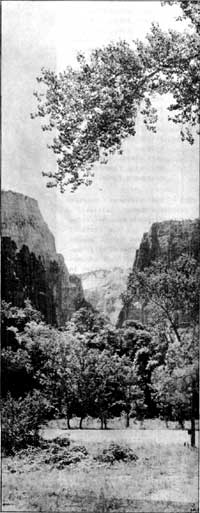
1935 - Congress approved the Historic Sites Act under which the Secretary of the Interior is empowered to make a Nation-wide survey of historic structures and areas and to inventory and classify them as being of national or local significance and to designate those with our national history as national historic sites administering them accordingly. The Historic Sites Act further provides for cooperative agreements with State, local and private agencies in developing and administering such areas and structures regardless of whether titles to such properties are vested in the United States. 1936 - Legislation approved by President Roosevelt on June 23, authorized the National Park Service to extend its cooperation to the various States and political subdivisions thereof "beyond the period of the emergency." Through this enabling legislation, the Service was authorized to undertake a Nation-wide survey of public park, parkway and recreational areas of the United States. 1940 - June - Arno B. Cammerer retires from directorship of National Park Service because of ill health, accepting a post as regional director of Region One with headquarters in Richmond, Virginia. 1940 - August - Newton B. Drury, formerly executive secretary of Save-the-Redwoods League, appointed director of the National Park Service. 1941 - April 30 - Death of Arno B. Cammerer, after more than 37 years of service in the Federal Government. | |
| <<< Previous | > Contents < | Next >>> | ||
|
regional_review/vol7-1-2i.htm Date: 04-Jul-2002 | ||||